Bidet vs. Toilet Paper: Cost Analysis and Long-Term Savings
Posted by Barry M. on 19th Jun 2024
With costs rising everywhere, it has become more important for us to start examining everyday expenses to reveal opportunities for significant long-term benefits. One such area is our bathroom habits—specifically, the choice between using a bidet and traditional toilet paper. Read on to learn more about the long-term savings of switching to a bidet.
Initial Costs
To understand the financial impact of using a bidet versus toilet paper, we first need to consider the initial costs.
Toilet Paper:
- The average household of 4 spends approximately $24-$28 per month on toilet paper, which translates to $288-$336 annually.
Bidets:
- Standalone Bidets: These range from $800 to $2,500, depending on features and quality.
- Bidet Seats: Typically cost between $200 and $600.
- Bidet Attachments: These are the most affordable, ranging from $25 to $100.
- Installation Costs: While some bidet attachments are DIY-friendly, standalone bidets and more complex bidet seats may require professional installation, costing an additional $50 to $200.
Maintenance and Consumable Costs
Next, let's compare the ongoing costs of maintaining each option.
Toilet Paper:
- The monthly expenditure on toilet paper remains constant, adding up to a significant amount over time.
Bidets:
- Water Usage: Bidets use a small amount of water per use, adding only a few cents to the monthly water bill.
- Electricity: For electronic bidet seats, electricity costs can be minimal, around $1-$2 per month.
- Maintenance and Parts: Occasional replacement of nozzles or filters may be necessary, but these costs are infrequent and relatively low.
Environmental Impact and Hidden Costs
Beyond direct costs, the environmental impact of toilet paper and bidets can also affect our long-term expenses.
Toilet Paper:
- Deforestation: Toilet paper production accounts for 15% of all deforestation in the United States, contributing to environmental degradation.
- Water and Energy Consumption: The manufacturing process of toilet paper is resource-intensive.
- Waste Management: Disposing of used toilet paper adds to landfill waste, incurring additional environmental costs.
Bidets:
- Reduced Paper Waste: Using a bidet significantly cuts down on toilet paper usage, reducing deforestation and waste.
- Lower Resource Usage: Bidets consume less water and energy compared to the production and disposal of toilet paper.
Health and Hygiene Considerations
The use of bidets also presents several health and hygiene advantages.
Hygiene Benefits of Bidets:
- Superior Cleanliness: Bidets provide a more thorough cleaning than toilet paper, reducing the risk of infections and irritation.
- Reduced Skin Irritation: For individuals with sensitive skin, bidets offer a gentler and more comfortable alternative to abrasive toilet paper.
Health Cost Savings:
- Less Exposure to Chemicals: Many toilet papers contain chemicals and allergens that can cause health issues, leading to medical expenses.
Long-Term Savings Analysis
To illustrate the potential savings, let's compare the cumulative costs over different time frames.
Yearly Costs:
- Toilet Paper: $120-$180 per person
- Bidet (including utilities): Approx. $20-$30, depending on the type of bidet and usage.
5-Year Costs:
- Toilet Paper: $600-$900 per person
- Bidet: Initial cost plus maintenance and utilities, approx. $350-$1,050 total
As seen, even with higher initial costs, bidets can offer significant savings over time, especially when considering environmental benefits and reduced health risks. This savings increases with the number of people in your home. A family of 4 could see savings of up to $3,000+ over a 5 year period.
Additional Benefits of Bidets
Apart from cost savings, bidets provide several other advantages:
- Increased Comfort: Many users find bidets more comfortable and pleasant to use.
- Enhanced Bathroom Experience: Features like heated seats and adjustable water pressure enhance the overall bathroom experience.
- Home Value Increase: Modern bathroom fixtures, including bidets, can potentially increase a home's resale value.
Conclusion
Switching from toilet paper to a bidet offers notable financial, environmental, and health benefits. While the initial investment might seem higher, the long-term savings and added advantages make bidets a worthwhile consideration. By making this change, you can contribute to a more sustainable future while enjoying improved hygiene and comfort.
Take a closer look at your household's usage and expenses. Consider the long-term benefits of switching to a bidet. For more information, check out reputable bidet suppliers and installation guides. Make an informed choice for a cleaner, greener, and more cost-effective future.
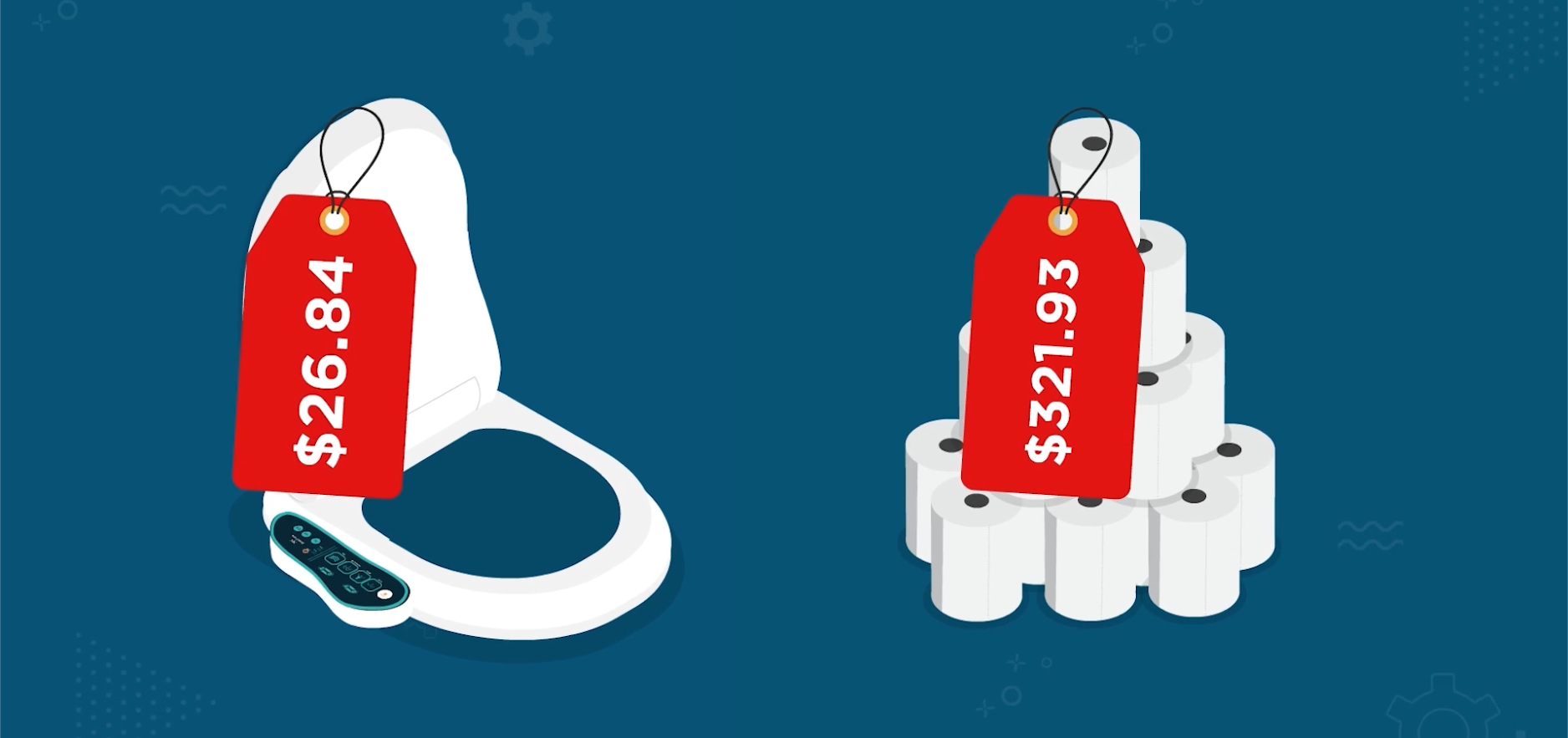
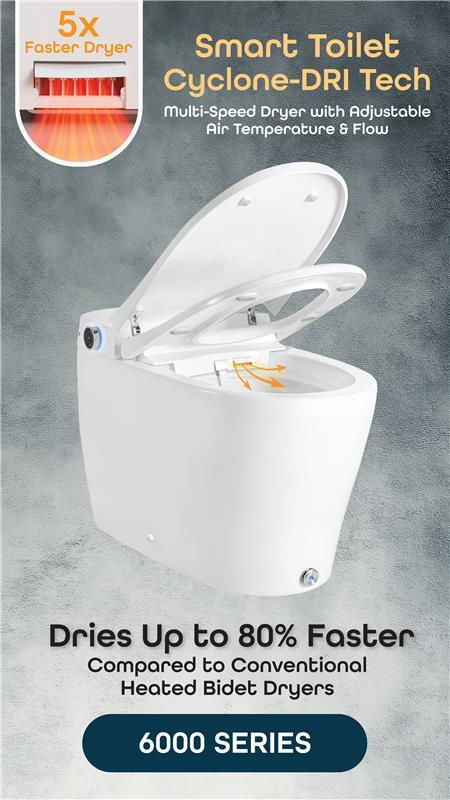
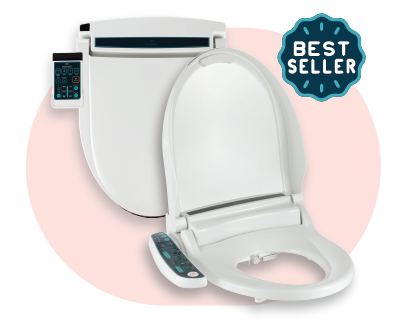


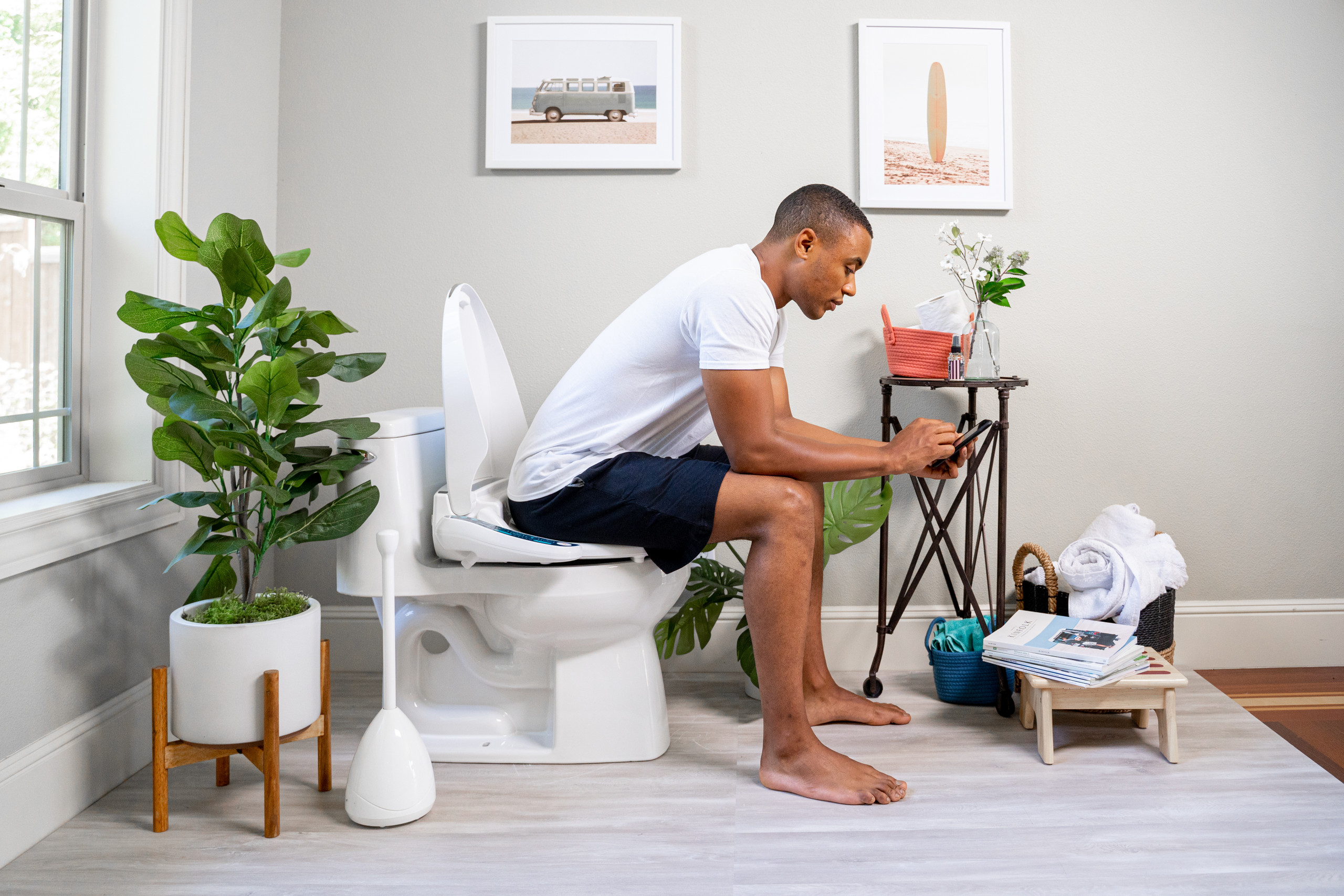
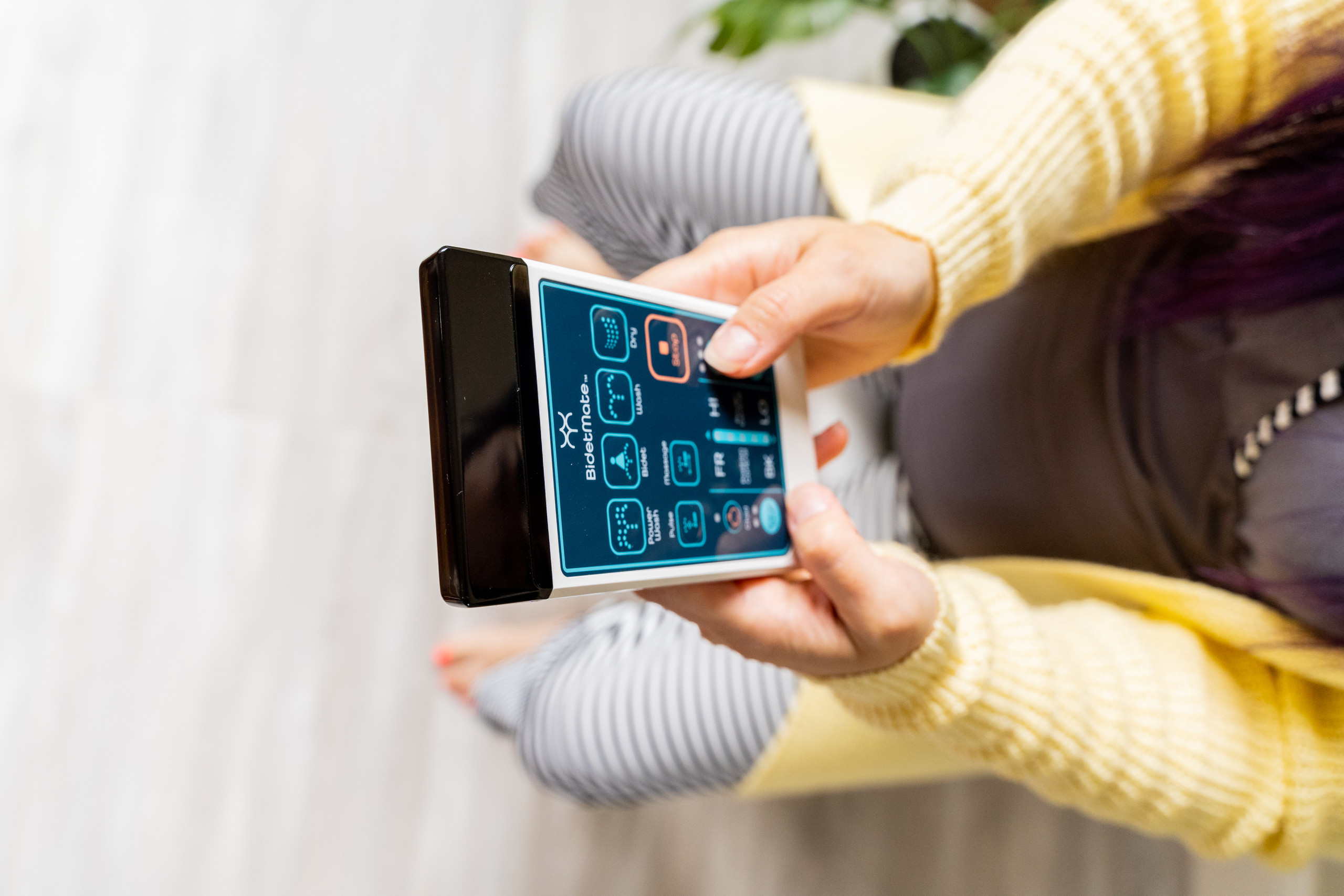


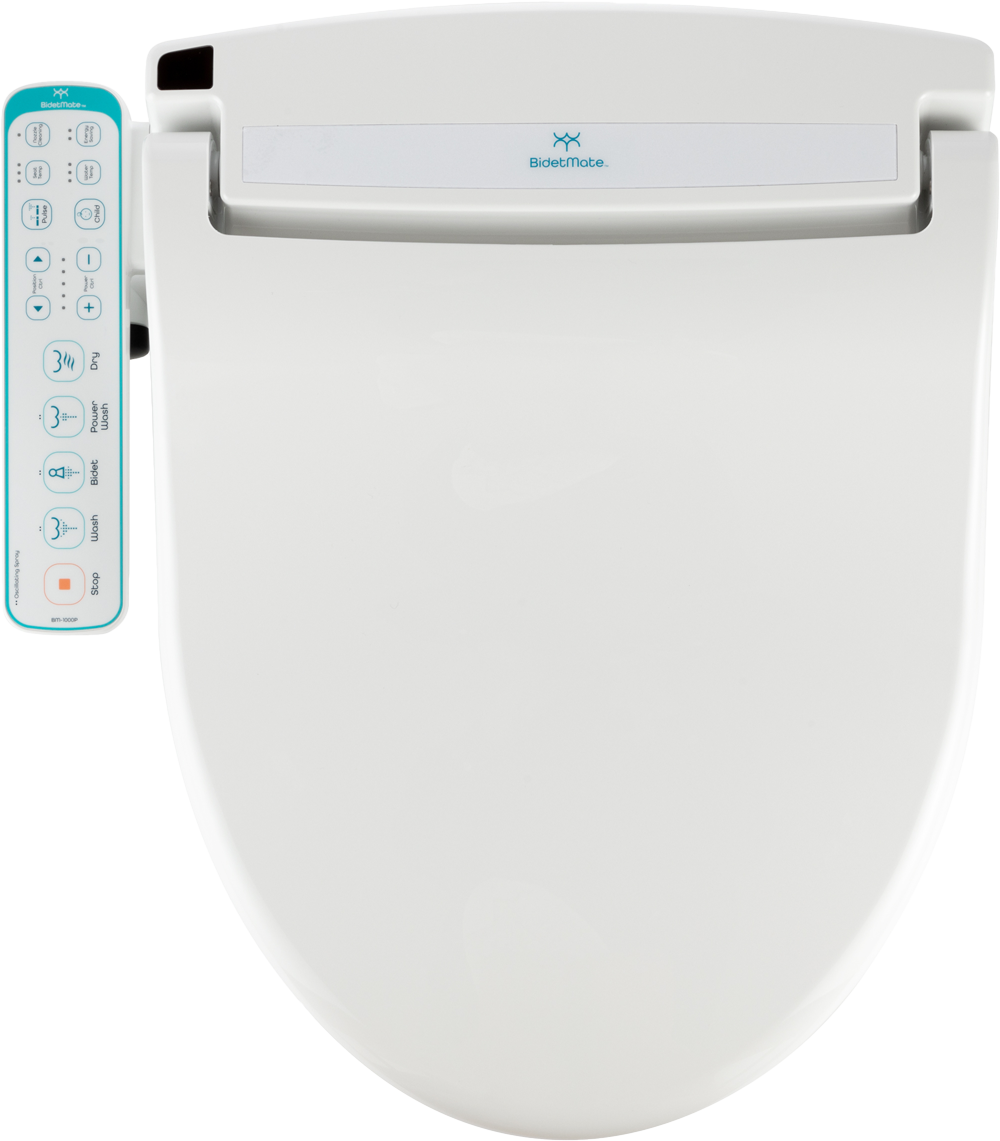
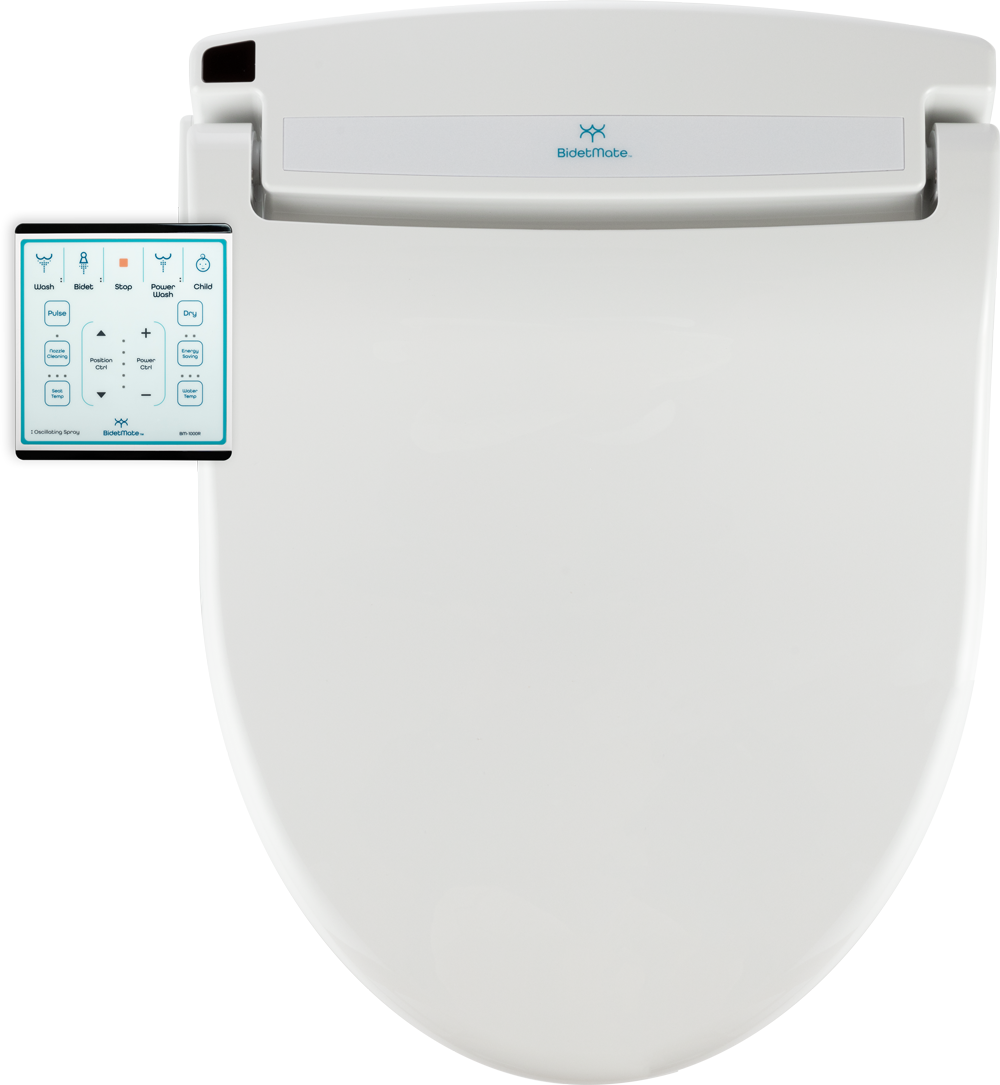


 END Shopper Approved - templates/layout/base.html
END Shopper Approved - templates/layout/base.html